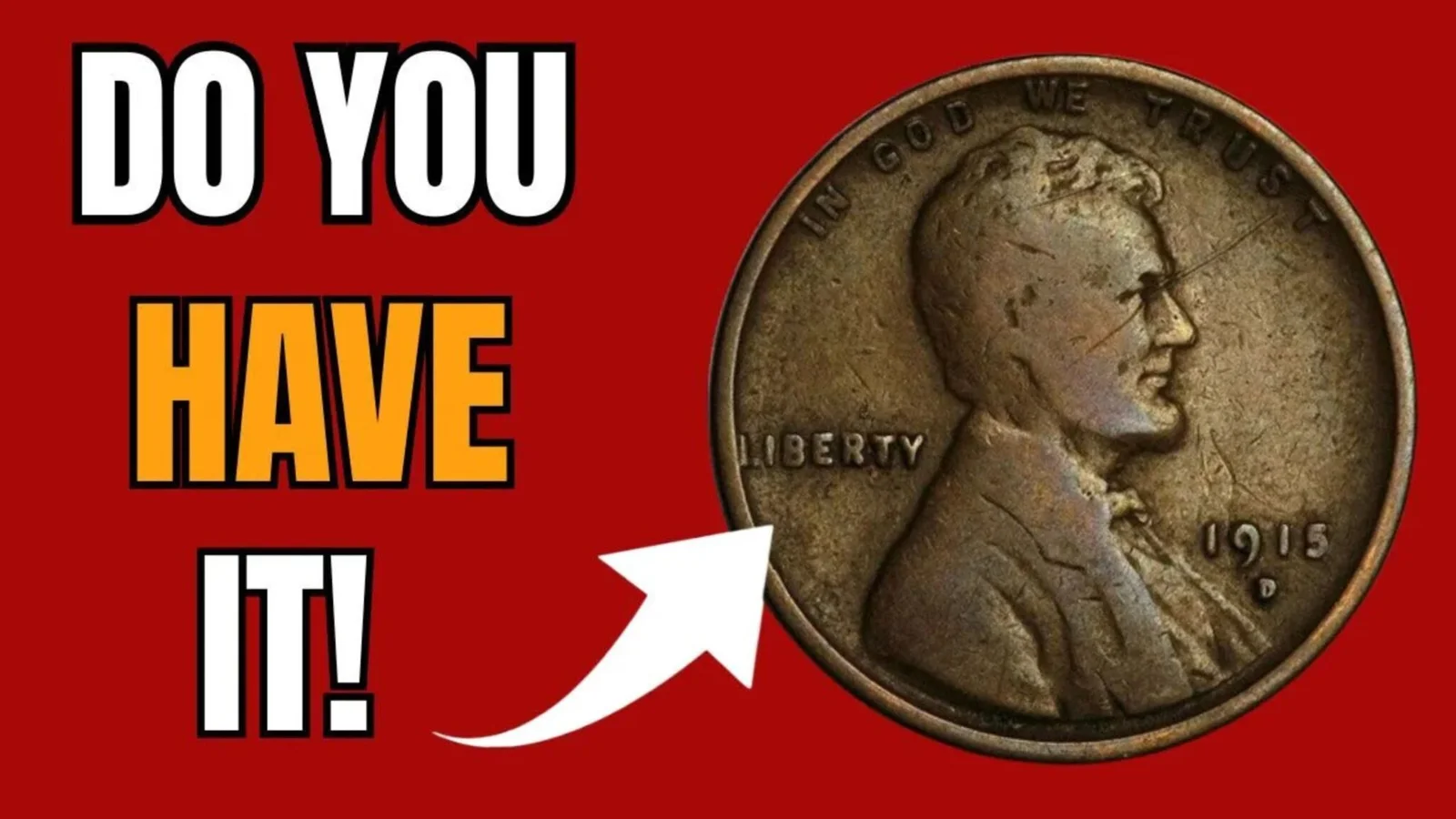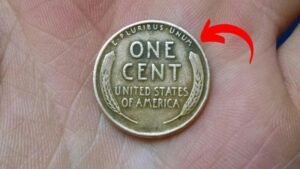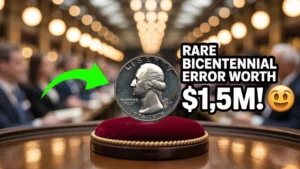Imagine finding a single penny in your change that’s worth a fortune. The Lincoln Wheat Penny, a coin you might overlook, could be valued at $144,000. Some rare versions may still be in circulation, hiding in plain sight. Read on to uncover this numismatic treasure’s secrets!
What Is the Lincoln Wheat Penny?
The Lincoln Wheat Penny, often called the “Wheat Cent,” is a one-cent coin minted from 1909 to 1958. It features Abraham Lincoln’s profile on the front and two wheat stalks on the back. While most are worth a few cents, rare versions, like the 1943 bronze penny, can fetch staggering sums. Could one be in your pocket?
A Coin with a Storied Past
Introduced in 1909 to honor Lincoln’s 100th birthday, the Wheat Penny was the first U.S. coin to feature a real person. Designed by Victor David Brenner, its wheat stalk design symbolized America’s agricultural roots. During World War II, a minting error created the legendary 1943 bronze penny, making it a collector’s holy grail.
The 1943 Bronze Error: A Wartime Mistake
In 1943, the U.S. Mint switched to zinc-coated steel pennies to save copper for the war effort. A few bronze planchets from 1942 were accidentally used, creating rare 1943 bronze pennies. Only 10–15 are known to exist, with one reportedly sold for $1.7 million
Why Is It Worth So Much?
The value of a Lincoln Wheat Penny depends on rarity, condition, and historical significance. The 1943 bronze penny is prized for its scarcity and wartime story. Other rare varieties, like the 1909-S VDB, also command high prices due to low mintage and collector demand.
| Rare Wheat Penny | Key Feature | Estimated Value |
|---|---|---|
| 1943 Bronze | Minting error | Up to $1.7M |
| 1909-S VDB | Low mintage | $1,000–$100,000+ |
| 1955 Double Die | Visible doubling | $500–$50,000 |
How to Spot a Valuable Wheat Penny
Think you’ve got a treasure? Here’s how to check your pennies for value and possibly uncover a rare coin.
- Check the Date and Mint Mark: Look for 1943, 1909-S VDB, or 1955. Mint marks (“S” for San Francisco, “D” for Denver, or none for Philadelphia) are below the date.
- Test with a Magnet: A 1943 penny that doesn’t stick to a magnet could be bronze, not steel.
- Inspect for Errors: Use a magnifying glass to spot double dies or unusual textures.
- Assess Condition: Coins with sharp details and minimal wear are worth more.
- Get It Appraised: Consult a professional grader like PCGS or NGC if you suspect a rare find.
| Feature | Common Penny | Rare Penny |
|---|---|---|
| Material (1943) | Steel | Bronze |
| Mint Mark | Common | S, D, or none |
| Condition | Worn | Sharp, pristine |
Fascinating Facts About the Wheat Penny
- First of Its Kind: The 1909 Wheat Penny was the first U.S. coin with a real person’s portrait.
- Low Mintage Gems: The 1909-S VDB had only 484,000 coins minted, making it a collector’s dream.
- Still Out There?: Some Wheat Pennies, especially from the 1940s, are still found in circulation.
- Record Sale: A 1943 bronze penny sold for $1.7 million in a private sale.
Expert Tips for Coin Collectors
Ready to hunt for treasure? Here are insider tips to start your numismatic journey.
- Start Small: Collect common Wheat Pennies from the 1940s–1950s to learn the ropes.
- Invest in Tools: A magnifying glass and the “Red Book” (A Guide Book of United States Coins) are must-haves.
- Join a Community: Connect with coin clubs or online forums like Reddit’s r/coins.
- Store Safely: Use acid-free holders to protect coins from damage.
- Avoid Cleaning: Cleaning coins can ruin their value—leave them as is
Frequently Asked Questions
Q: Are Lincoln Wheat Pennies still in circulation?
A: Yes, some from the 1940s and 1950s can still be found in pocket change, though rare varieties like the 1943 bronze are unlikely.
Q: How do I know if my penny is valuable?
A: Check the date, mint mark, and condition. Look for errors like the 1943 bronze or 1955 double die. Get a professional appraisal for suspected rarities.
Q: Where can I sell a rare Wheat Penny?
A: Try reputable coin dealers, auction houses like Heritage Auctions, or platforms like eBay. Always verify authenticity first.
Q: Why is the 1943 bronze penny so rare?
A: A minting error caused a few bronze planchets to be struck in 1943 when pennies were supposed to be steel, making them extremely scarce.
Conclusion: Your Next Penny Could Change Everything
The Lincoln Wheat Penny is more than pocket change—it’s a piece of American history with the potential for life-changing value. From the 1943 bronze error to the 1909-S VDB, these coins tell stories of wartime mistakes and numismatic triumphs. Next time you find a penny, take a closer look. Could it be worth $144,000? Start checking your change, join a coin club, or dive into the world of numismatics. Share this article with friends, and let’s uncover the next million-dollar penny together!



